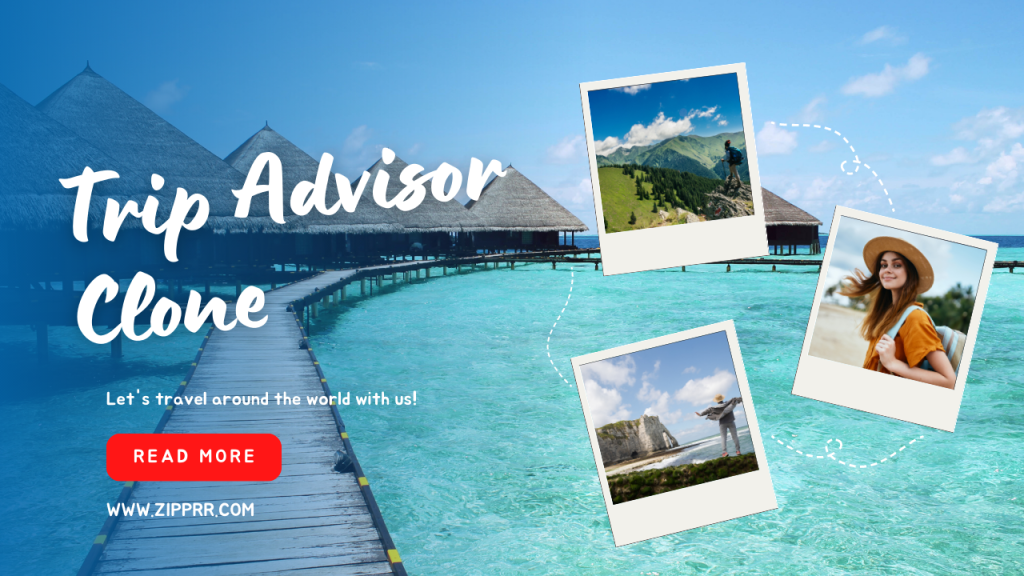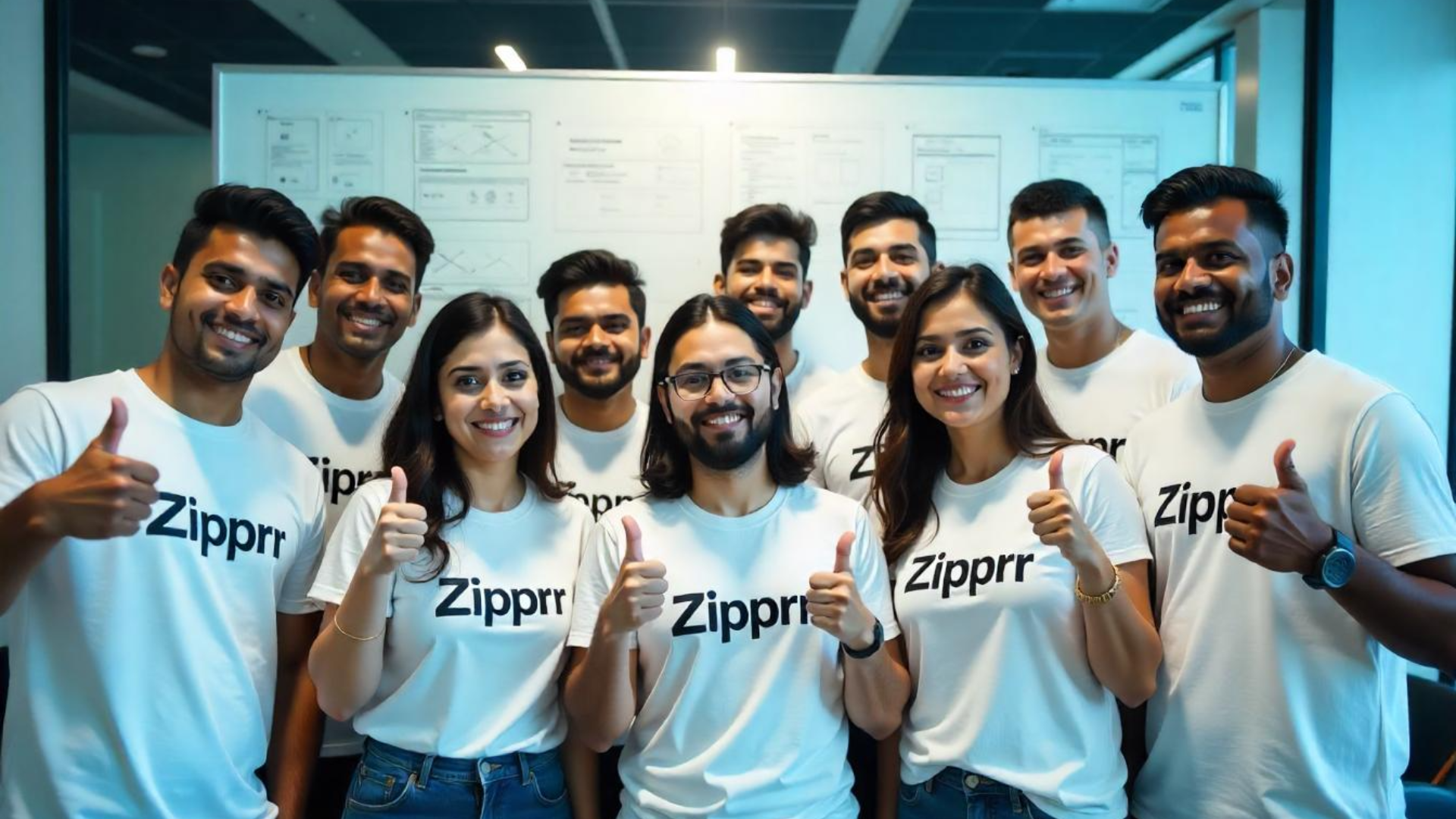So you’ve built an amazing new Tripadvisor clone site to showcase reviews, photos, and guidance for travelers. Congrats! Now the big question is – how do you get people to actually start using it?
Marketing and promotion will be crucial to attracting visitors, building credibility, and establishing your site as a go-to resource for travel advice and recommendations. It may seem daunting at first, but by taking it step-by-step you can develop an effective strategy tailored to your specific goals, budget and strengths.
In this post, We’ll walk you through the key marketing channels and tactics to consider for launching and growing your new Tripadvisor clone platform.
Why Follow a Marketing Strategy?
First, it’s important to understand why having a comprehensive marketing plan is so valuable:
- It provides focus and direction, so you’re not just blindly trying random tactics
- You can allocate budget and resources efficiently instead of wasting them
- All efforts and channels can work together for greater overall impact
- Helps identify the right metrics and KPIs to track progress
- Allows testing and optimization of what works best
Essentially, it will maximize your chances of getting seen and heard in an increasingly noisy online travel space.
Now let’s get into the step-by-step blueprint…
Step 1: Technical Optimization & SEO
The foundation of any good marketing strategy, especially for review sites like a Tripadvisor clone, is solid technical optimization and search engine optimization (SEO). This ensures your site architecture, content and metadata is optimized to be indexed and ranked highly by Google and other search engines.
● Site Speed – Use caching plugins and image compression to optimize page load times. Faster sites improve visitor experience and rankings.
● Mobile Optimization – With Google’s mobile-first indexing, a mobile responsive design is essential. Test site on multiple devices.
● URL Structure – Create logical, keyword-rich page URLs using hyphens not underscores.
● Schema Markup – Implement schema like Review, Local Business, Articles etc. to stand out in rich snippets.
● On-Page Content – Optimize page titles, meta descriptions, headers, and content itself with relevant keywords and phrases that travelers search for. Provide useful, in-depth reviews, guides and travel stories.
● Internal Linking – Link related content together using anchor text keywords for better crawlability.
This on-page SEO establishes your authority and relevance for travel-related searches. But increasing off-page SEO is just as crucial…
● Backlinks – Outreach to relevant sites for guest posts, contributor content and other link-earning opportunities.
● Content Marketing – Develop anchor text backlinks by promoting your best content across the web.
● Local Citations – Build location-optimized local SEO by claiming and optimizing popular business directories and citation listings.
● Partnerships – Strategic partnerships with complimentary businesses can exchange content, links and exposure.
● HARO Outreach – Respond to relevant HARO source requests from journalists seeking expert sources on travel stories.
With technical SEO as the base, now layer on marketing across social, content, influencers and more.
Step 2: Social Media Marketing
Social media provides amazing platforms to directly engage with travelers, promote your best reviews and highlight your site’s unique value.
● Choose Networks – Start accounts on main networks – Facebook, Instagram, Twitter, YouTube, Pinterest. Later expand to niche travel communities.
● Compelling Content – Post and share reviews, original travel photos, experiences, stories, tips, guides. Provide entertainment or inspiration.
● Hashtags – Research and use relevant trending hashtags like #travel, #vacation, #trips. Create unique hashtags for contests.
● Contests/Giveaways – Run creative social contests like photo competitions, caption contests, reviews for free hotel stays. Increase followers and engagement.
● Videos – Showcase destination overviews, things to do, tips for travelers. Shorter videos can live natively on the platforms while longer premium videos can be on YouTube.
● Paid Ads – Highly targeted promoted posts, video views, page likes, etc. based on detailed audience segmentation. Start with smaller daily budgets and optimize performance.
● Influencers – Arrange for travel influencers/bloggers to review or mention your site. Offer exclusive deals or trips to incentivize.
Social channels help attract engaged followers and traffic, especially when paired with influencer partnerships.
Step 3: Influencer Marketing
Influential bloggers and content creators in the travel space can be powerful allies. Pursue relevant partnerships:
● Research Niche Influencers – Search for influencers on Instagram, blogs, YouTube covering your destinations and travel styles. Look for good reputation and engaged audiences.
● Guest Posts – Offer to create posts highlighting local insider tips or things to do in locations they cover. Include links back to complementary reviews on your site.
● Co-Marketing Deals – Negotiate promotional packages where influencers get special perks or free stays at properties in exchange for reviews, social posts and exposure.
● Affiliate Programs – Let influencers join an affiliate program to earn commissions for each booking or signup driven from their channels to your site.
● Hashtags – Encourage influencers to use your branded hashtags for increased visibility. Run joint hashtag contests.
● Short-Term Events – Invite top influencers to an exclusive opening night, launch event or early site reveal to drum up interest.
Influencers act as amplifiers to get your brand and content seen by more of their ready-made audience. Next, expand reach further through content creation and PR…
Step 4: Content Marketing
Original, high-quality content sets you apart and positions your site as an authority. Promote content widely.
● Local Guides – Develop in-depth city and regional travel guides showcasing top attractions and local insights.
● Travel Tips – Useful list posts like “10 Must-Have Items to Pack for a Tropical Vacation” etc. Help travelers plan better.
● Destination Spotlights – Interesting facts, photos and overview of specific destinations. Focus on emerging or unique locations.
● Industry Analysis – Trends reports, data insights, expert roundups etc. around travel and tourism.
● Creative Visual Content – Eye-catching travel photos, graphics, illustrations. Can repurpose across platforms.
● Storytelling – Capture readers with personalized travel stories, anecdotes and experiences.
● Videos – From short Reels to full vlogs and documentaries around destinations or themes.
Distribute and promote your best performing content:
● Website Content Hub – Feature fresh content directly on your site to engage visitors.
● Social Media – Share content across your brand social channels.
● Pitch to Publishers – Reach out to relevant online publications that accept contributor content for possible features.
● Syndication Networks – Use travel content syndication sites like Matador Network to expand audience.
● Link-building Outreach – Proactively pitch your content to other sites for possible links and partnerships.
PR outreach represents another effective content promotion strategy.
Step 5: Public Relations
PR and earned media coverage lends third-party credibility while exposing your brand to new audiences.
● Press Releases – Draft releases for major site launches, milestones, funding announcements, features, awards etc. Distribute via PRWeb and industry press release sites.
● Media Briefings – Host press briefings (in-person or virtually) to showcase your site, features, mission to key media.
● Story Pitches – Actively pitch tech, travel and startup reporters on relevant breaking news, data reports, trends, expert commentary, human interest stories etc.
● Reviews – Reach out to journalists at major travel publications for possible product reviews and write-ups of your site.
● Contributed Articles – Position execs as thought leaders by securing byline articles in trade publications.
● Press Trips – Invite media to experience your service and featured destinations first-hand through a custom press trip.
PR complements your owned channels and earned media provides lasting value. Now let’s talk paid advertising.
Step 6: Paid Advertising
While organic reach is ideal, paid advertising lets you reach massive new audiences quickly at scale. Prioritize channels with strong targeting capabilities.
● Google Ads – Highly targeted search, display and YouTube video ads. Monitor search query reports. Local inventory ads also powerful.
● Social Media Ads – Facebook, Instagram, Pinterest, and LinkedIn ads to amplify your content. Reach lookalike audiences.
● Review Site Ads – Tripadvisor, Yelp, Booking.com and AirBnB all offer paid ads. Place ads alongside searches for destinations you cover.
● Retargeting Ads – Remarket across channels to visitors who left your site without booking.
● Travel Ad Networks – Consider travel ad networks like Air Airline, Skyscanner, and Travelpayouts to reach intent-driven buyers across their vast publisher base.
Start with small daily budgets for each channel and tweak ads, audiences and placements to minimize cost per conversion.
Pulling It All Together
Executing an integrated, omnichannel marketing strategy requires diligent planning and management. Here are some tips:
● Build a calendar to schedule all activities across channels based on budget and priorities.
● Use marketing automation software to streamline multi-channel campaigns into workflows.
● Track KPIs in analytics to identify successes and areas needing optimization.
● Foster internal collaboration between content, social, PR, and ads teams.
● Stay flexible – continuously test and refine based on performance data.
● Tap partners via affiliate programs, influencers, loyalty programs and strategic alliances.
● Automate and outsource repetitive tasks to focus on high-impact priorities.
Launch Stage vs. Growth Stage
The marketing mix may shift as your Tripadvisor clone evolves.
Initially focus on:
- Press releases & PR for launch visibility
- Influencer seeding to gain trust
- Content & social to attract early adopters
Later optimize for scale with:
- Expanded content hub & syndication
- Broader link-building and partnerships
- Conversion-driven paid ads across networks
Conclusion
There you have an in-depth blueprint covering the key strategies and tactics to get your new Tripadvisor clone site off the ground successfully.
It may seem like a ton of moving parts, but breaking it down step-by-step makes it very manageable. The payoff for getting your create website like Tripadvisor and marketing mix firing on all cylinders is huge – accelerated growth, loyal followers and ultimately a thriving travel review brand!
Frequently Asked Questions
How much budget should I plan for marketing expenses?
Budgets can vary greatly based on your location, niche, business model and growth goals. But expect to invest at least $10,000 – $20,000 in Year 1 between content, influencers, social ads, etc. The more you can invest early, the faster you’ll see results.
When should I expect my marketing efforts to start paying off?
It depends on the specific strategies and channels. SEO and content marketing may take 3-6+ months to build organic search traffic, while paid ads can drive visits within weeks. Use short-term tactics like PR and promos to accelerate momentum.
Should I hire an agency or handle marketing internally?
Bringing on an experienced marketing agency well-versed in the travel space can significantly shortcut the learning curve. But you can DIY if you take the time to educate yourself and start small before scaling up budgets.
What is a good marketing budget allocation across channels?
As a starting point, allocate roughly 50% for SEO, 20% paid ads, 15% content creation, 10% social media management, and 5% for PR and influencers. But adjust budget breakdown based on your strengths and what’s working best.
How can I measure the ROI of my marketing activities?
Marketing analytics tools can track key performance indicators like rankings, traffic, conversions, sales, return visitors, social engagement and more. Measure against your targets and optimize accordingly.







